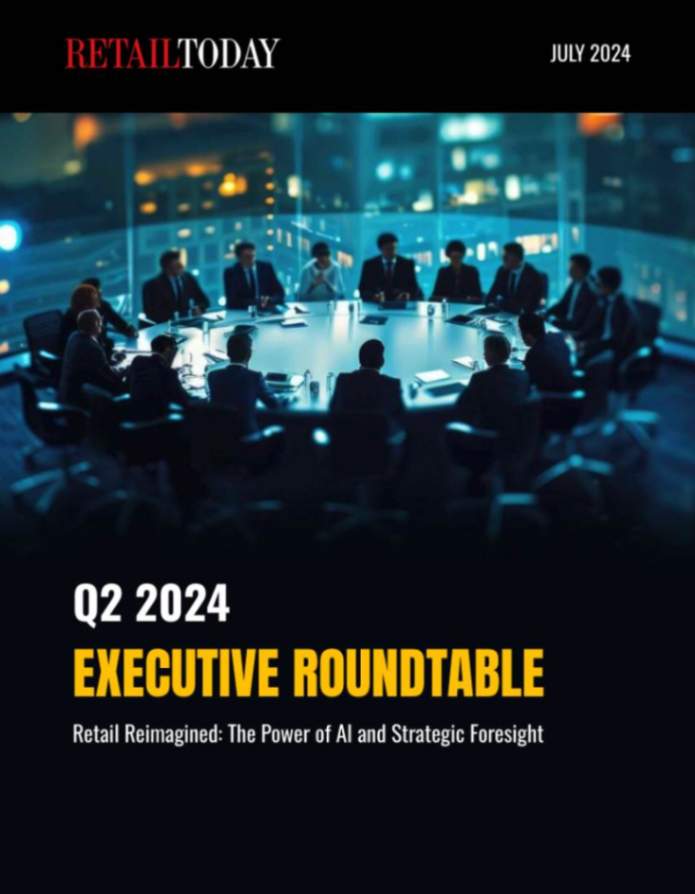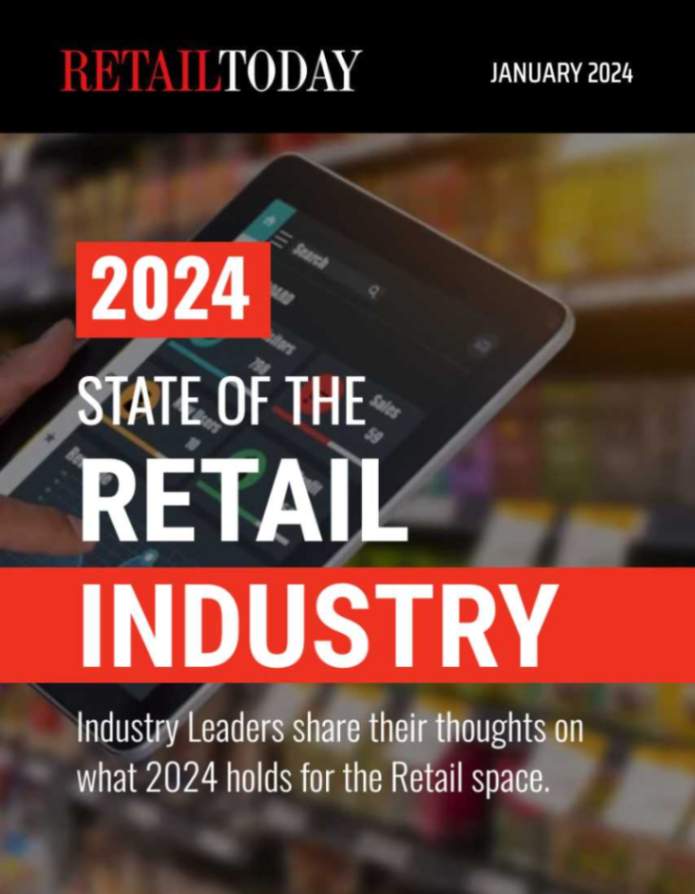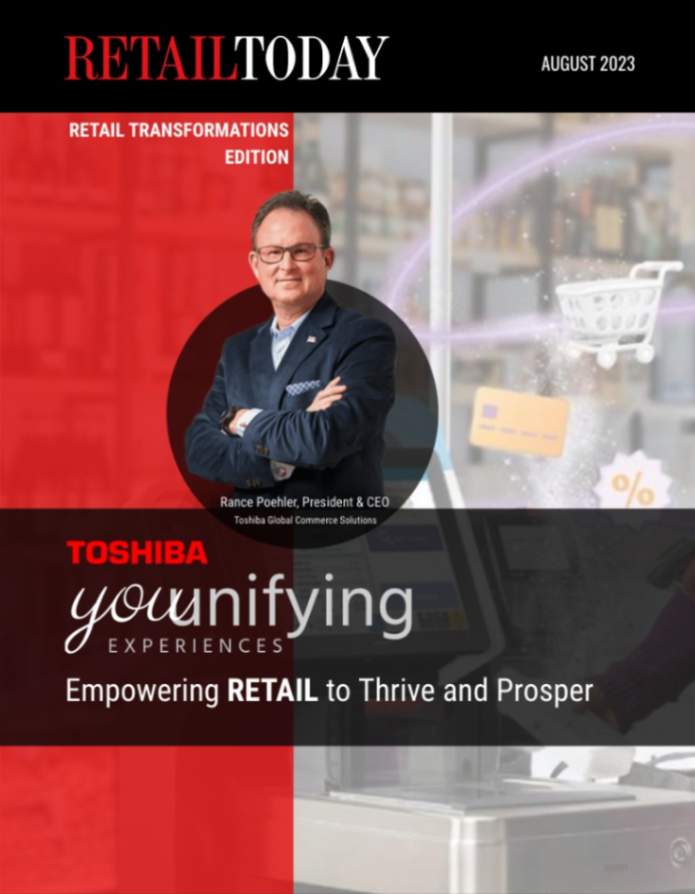
Purchasing decisions have become increasingly complicated. Brand loyalty is fading in the face of economic pressures, store closures, supply chain issues, and business reputation. More consumers are searching for brands and retailers whose values align with their own. And with product information, reviews, and comparisons available at their fingertips, shoppers are comfortable using multiple channels to complete a purchase.
Ecommerce teams know this and are tweaking their strategies to accommodate this new era of retail. But even the best strategies are left at the whims of consumers. A tone deaf tweet, a poorly received social media influencer, or even a throwaway joke in an unrelated television show can drastically alter how customers perceive your brand, and it can do it in a matter of seconds. While consumer preferences can change at a moment’s notice, the way in which brands and retailers adapt to those changes typically moves at a glacial pace.
Traditional Audience Research Isn’t Keeping Pace
For years, brands and retailers have relied on traditional methods of research—surveys, focus groups, polls, and loyalty data—to get direct feedback on customer preferences. While these tactics may have worked in an analog world, they’re a poor match for today’s digital landscape.
The biggest issue? These methods are reactive instead of predictive, with results rolling in long after products have entered the market or campaigns have elapsed. Even making adjustments on the fly based on A/B tests or early metrics only act as bandaids over problems. They provide superficial results without the valuable context or deeper understanding of audience preferences. It all amounts to wasted resources, missed revenue, and untapped potential.
Digital has transformed all aspects of marketing and ecommerce, and audience research is no different. In today’s age of increased competition—where thousands of products are just a quick online search away—brands cannot sit back and rely on outdated methods.
AI at the Speed of Ecommerce
So how do brands keep pace with evolving consumer preferences? The only solution to the whims of human nature is artificial intelligence. AI and machine learning models have the power to provide immediate feedback on ecommerce and advertising content, giving teams access to effectiveness metrics that were previously unknown.
AI can also be a huge asset in monitoring the competitive landscape. New brands enter the market everyday, and established companies are constantly changing practices to stay ahead of sales, offer the best promotions, and reach new corners of the market. Manually tracking entire categories isn’t a feasible solution and leaves teams vulnerable to missed opportunities and slow modifications.
AI can be harnessed to help our teams work faster and more efficiently. It has the power to help creatives and designers produce product content that makes an impact with their audiences—and continue to strike a chord even in the face of change. Today, that’s an opportunity brands cannot afford to miss.







